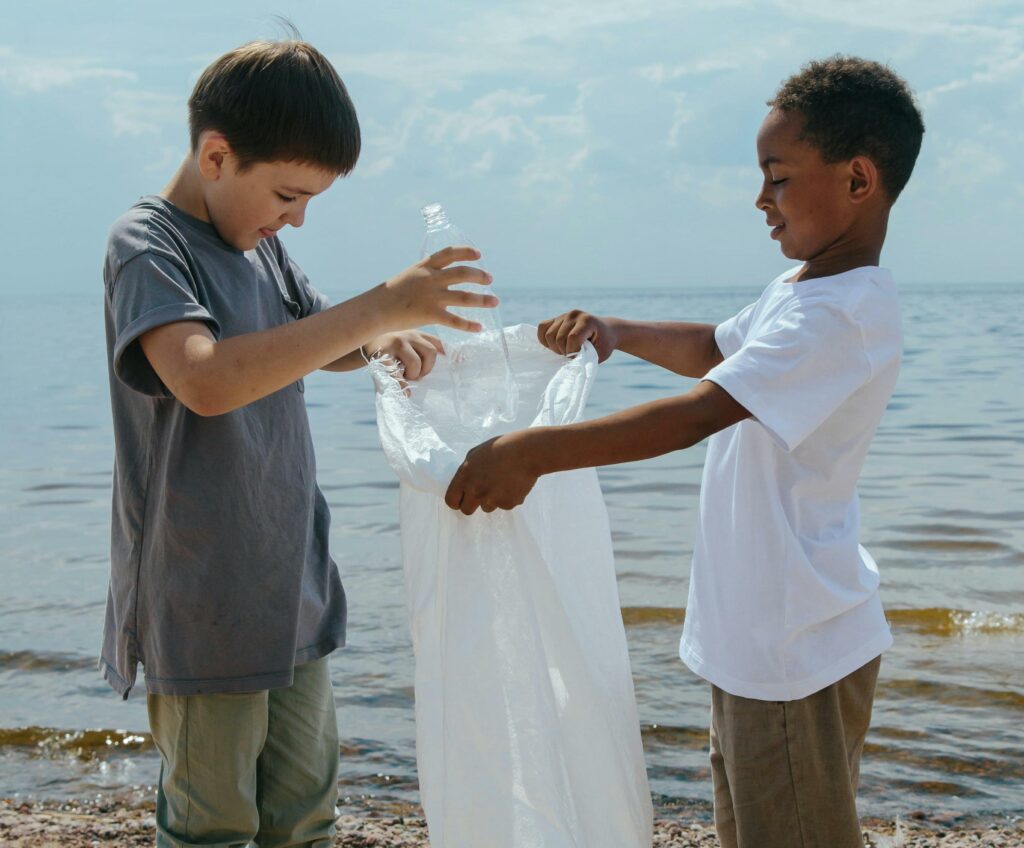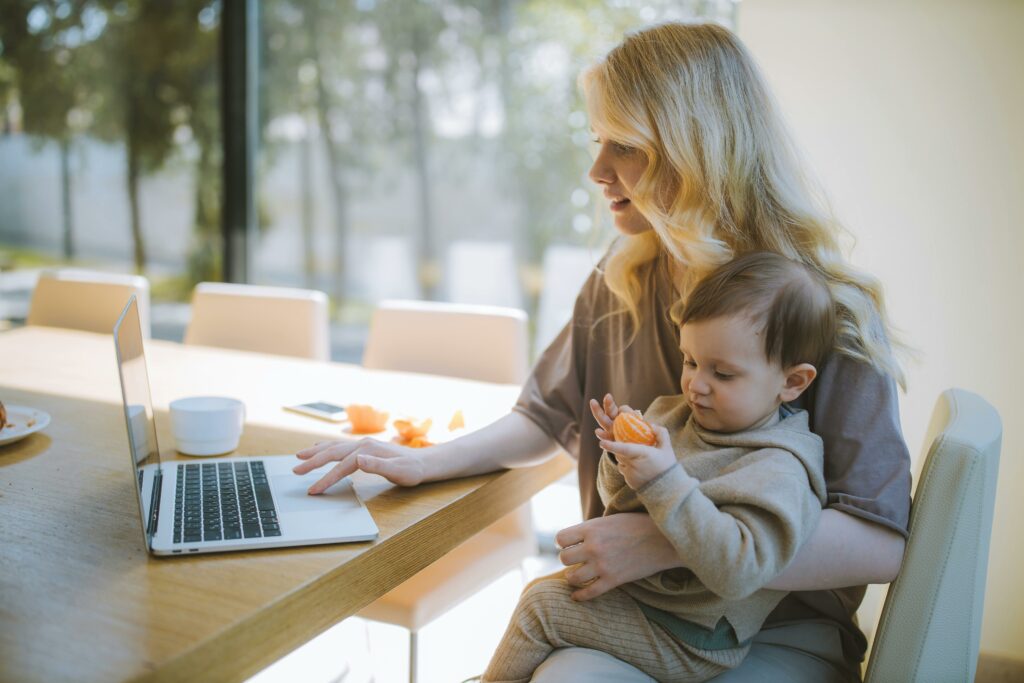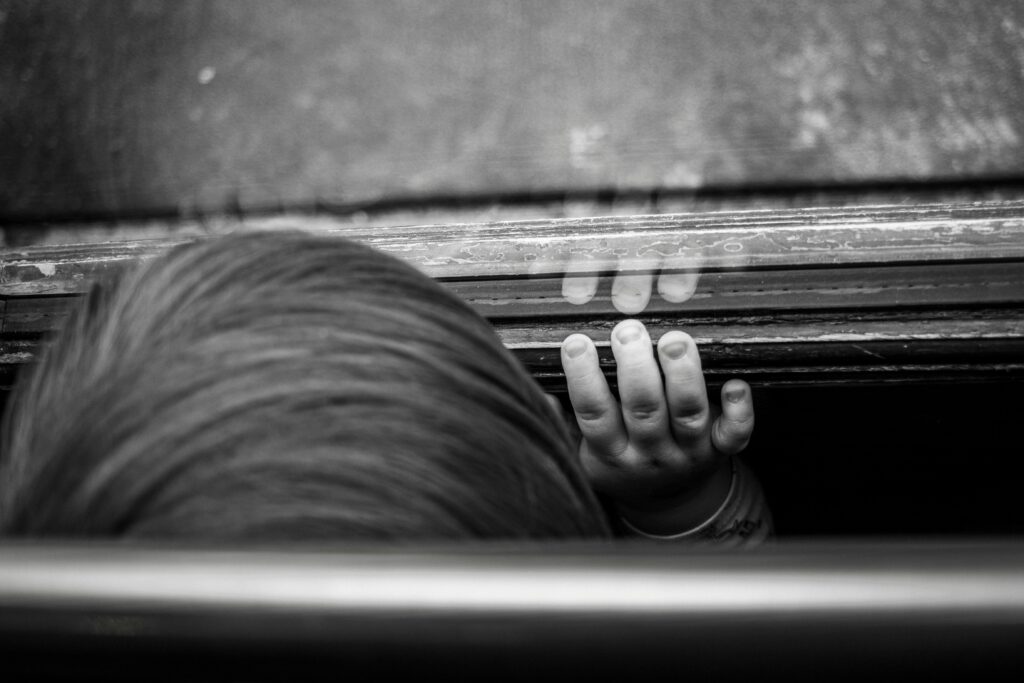Choosing the right crib and bedding for your baby is important because it not only sets them up for quality sleep but is critical to their safety. According to the American Academy of Pediatrics, about 3,500 babies die each year in the U.S. because of unsafe sleep environments.
What to Look for in a Crib
When shopping for a crib, the most important feature to check is to make sure it meets all current safety specifications. All new cribs must meet these standards, but if you are buying a used one or receiving a hand-me-down, check the crib carefully to make sure it meets the new standards or hasn’t been recalled by the manufacturer.
You can check if your crib meets current safety standards at Consumer Product Safety Commission (CPSC).
Some safety standards to keep in mind:
- Check antique beds for lead paint with a lead test kit.
- Don’t use a crib that is missing parts, screws, or is broken.
- Headboards and footboards should not have decorative cutouts, where your baby’s head or limbs could become trapped.
- Crib posts should be flush with the end panels or as tall as a canopy to prevent a child’s clothing from catching on corner posts and causing strangulation.
- Crib bars should be spaced no more than 2 ⅜ inches apart.
- The top of the rail should be at least 26 inches from the top of the mattress and allow you to lower the mattress as your child gets taller.
When selecting a mattress, keep in mind the mattress should be very firm and should not sag when your baby is on it. Also, the mattress should fit snugly so there is no space between the mattress and the crib bars.
What to Look for in Bedding
When it comes to baby bedding, it’s best to keep it simple.
Cribs should be covered with a tight-fitting sheet. You’ll also want a waterproof mattress cover under the sheet with a flannel backing. The flannel backing is cooler and more comfortable than plastic or rubber covers.
Do not put pillows, blankets, or padding other than the mattress cover between the mattress and fitted sheets.
Baby Items to Avoid
- Bumpers: Crib bumpers should not be used in cribs. They can put your child at risk of suffocation, strangulation, or entrapment. Older babies can use the crib bumpers for climbing out of the crib as well.
- Drop Rails: If you are using a used crib, make sure it does not have a drop rail. A baby could get its head stuck between the mattress and the side rails and suffocate. Babies also can fall out of the crib if the drop rail lowers.
- Large toys or bulky bedding: Simple is better with a baby’s bed. Pillows, bulky comforters, and heavy blankets can smother a baby. Older babies may use large toys and stuffed animals to step on and climb over the rail.
- Support devices: Your baby does not need support devices, such as a rolled blanket or a foam support, to keep them on their backs or their heads elevated. These materials can be hazardous.
Once you’ve selected the right crib and bedding, make sure to follow safe sleep guidelines when putting your baby to sleep as well. Contact your provider at Pediatrics West if you have questions about safe sleep.


